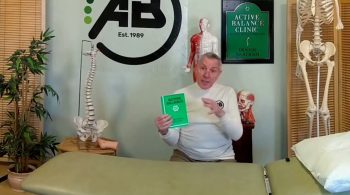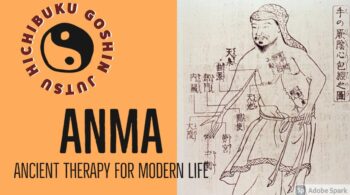Learning the basic cat routine and putting it all together is a wonderful achievement. When you know how to do these movements you can adjust the number of repetitions and time to fit your daily schedule. I personally spend between 15 and 30 minutes doing my somatic movements on a daily basis. Just follow along. Stop and start the video as you need to.
The quintessential human movement is walking. We evolved for walking. Walking requires your full body. Every part of us working together as a coordinated, fluid whole is necessary for walking.
Normal adult walking is cross-lateral or contralateral. What does that mean? Glibly we say “the opposite arm and leg do the same movement at the same time.” The right arm and left leg are either both swinging forward or backward. The arm and leg on the same side are moving in opposite directions. Understanding these opposite and same side patterns are important for practicing sub-programs of walking.
Just describing walking in terms of arms and legs leaves out the role of movement in our spine and trunk (rib cage, somatic center, pelvis), which support, organize, and control the efficient use of our arms and legs.
Walking is mostly unconscious and run by the part of our brain called the cerebellum. We don’t usually think much about walking. We just walk. The cerebellum is a very important part of our overall motor system. Some of the main functions the cerebellum is responsible for are learned motor programs, coordination, and balance.
Examples of learned motor programs are: riding a bike, swimming, eating, speaking, getting up and down from a chair, typing at a computer, and many more. Most of our daily repetitive activities consist of learned motor programs and are controlled by the cerebellum. But, for all the functions the cerebellum does, it cannot correct inefficient and faulty movement patterns.
To improve faulty movement patterns we must use our voluntary motor and sensory cortex. This is exactly what we do in somatic movement. The voluntary motor cortex organizes voluntary movement. Using both our voluntary motor and sensory cortex gives us the opportunity to upgrade and replace faulty movement patterns for more efficient, well-organized movement that decreases pain increases comfort and ease, increases flexibility, strength, vitality, and increases our range of comfortable activities.
To best utilize the voluntary motor cortex we follow our somatic guidelines and move: voluntarily; slowly, to give our brain time to organize, re-organize and course correct more efficient motor pathways; we move in comfort and back away from discomfort – remember what we practice is what we learn and if we move in pain that is what we are reinforcing; we follow medical directives due to medical conditions; and move with awareness and focus in order to experience ourself sensorily, musculoskeletally, spatially, and when possible, catching ourself moving in a dysfunctional pattern.
Catching ourselves in dysfunctional patterns challenges us to practice changing that pattern. Examples include catching ourselves habitually tucking our pelvis, excessively rolling our feet in or out, swinging one arm or leg more than the other, favoring one side of our body and not distributing our weight evenly from side to side, holding a part of ourselves stiffly due to injury or pain, such as painful toes that don’t allow a full push-off.
For many, a healthy, fluid gait has become problematic due to injury, fear of falling, our changing physiology due to aging, muscle weakness, and “motor-sensory amnesia,” which is usually due to chronically held muscle contraction which creates postural and functional imbalances.
The message is, to do your somatic movements frequently. Each somatic movement, such as those in the “Daily Cat Routine” as created by Thomas Hanna, or any of my YouTubes, differentiate and improve sub-patterns of daily movements and walking. Practice moving somatically, slowly, and with awareness, using your voluntary motor and sensory cortex, and then give your movement back to the cerebellum to perform the activities of daily living including walking. Doing your somatic movement has upgraded your movement patterns. Now as you walk feel your new fluidity, ease, and comfort.





